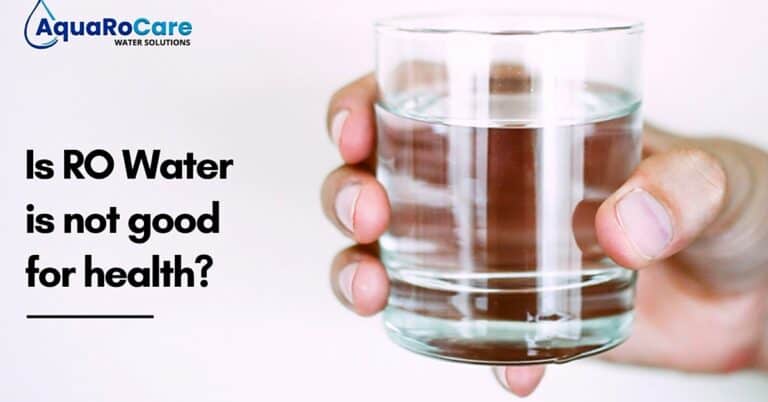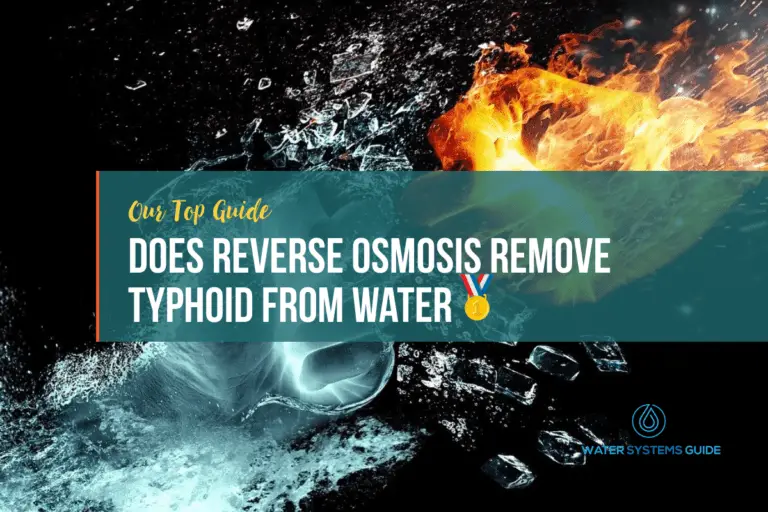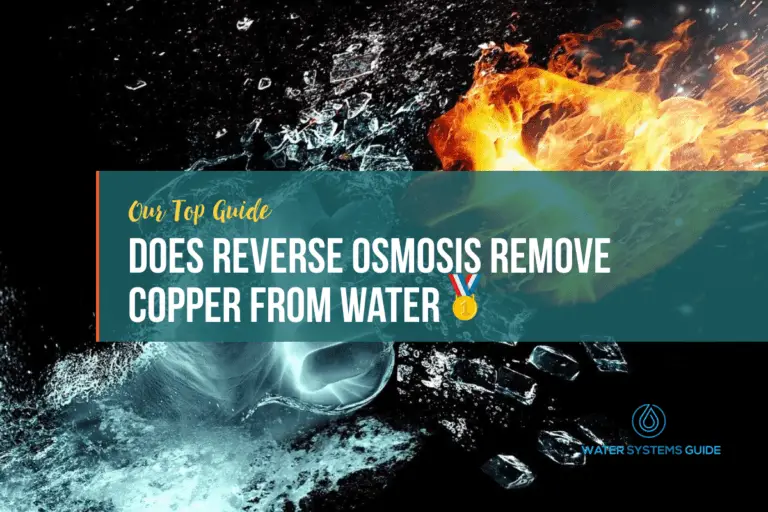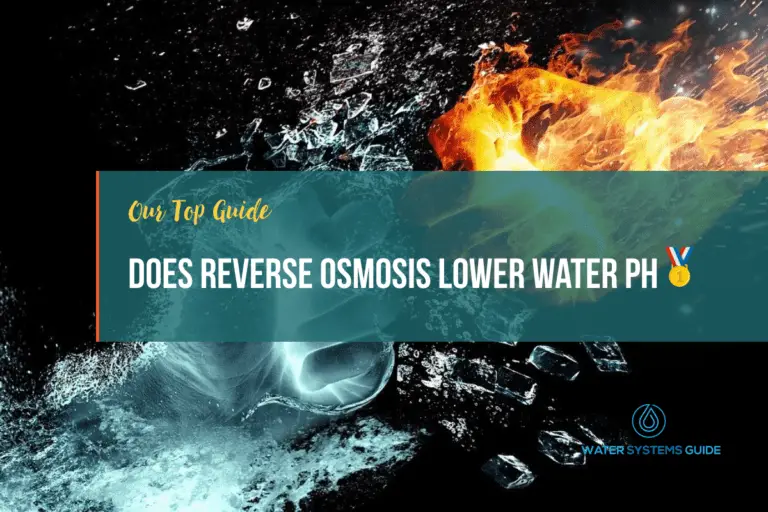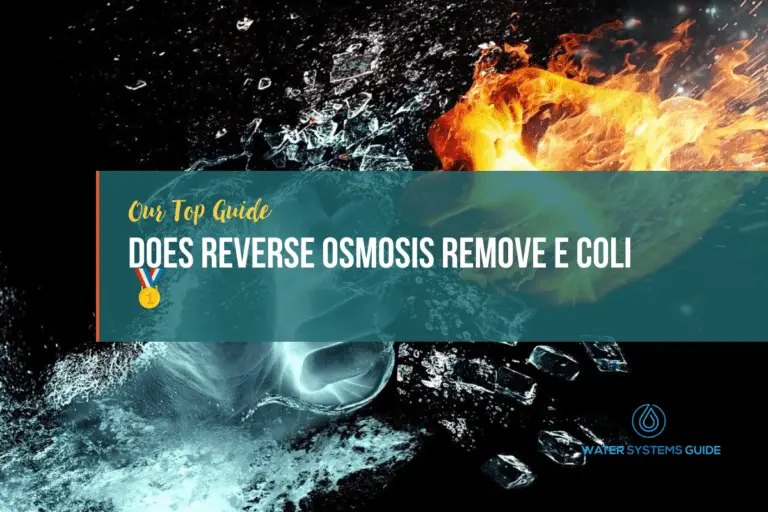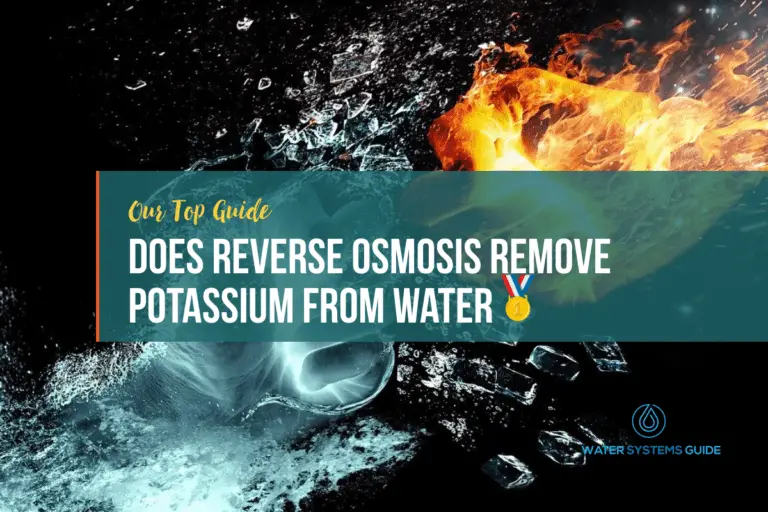Does Reverse Osmosis Remove Chemicals From Drinking Water
How Does Reverse Osmosis Work?
What are chemicals and where are they found?
Chemicals are substances that have been created through chemical reactions. They can be found in nature, but they can also be produced artificially, for example, PFAS (PFOA, PFOS). Chemicals are used in a wide variety of applications, including cleaning, manufacturing, and agriculture. Chemicals can be found in the air, in the water, in the soil, and in plants and animals.
Chemicals can be detrimental to human health. They can cause cancer, birth defects, and other health problems. Some chemicals are so harmful that they are regulated by the government.
With that being said, how exactly do chemicals get into the water supply?
How do chemicals get into a home’s water supply
There are many ways that chemicals can get into a home’s water supply. They can come from the ground via the soil, from the air, or from human activity. Chemicals can also be introduced into the water through the use of chemicals in cleaning products, personal care products, or even in the water itself.
Municipal water supplies are often treated with chemicals in order to clean the water. This can include adding chlorine to kill bacteria, as well as other substances to remove sediment and impurities. While these chemicals can be effective at cleaning the water, they can also be harmful to human health if consumed in high quantities. It is important to be aware of the potential risks of consuming chemically-treated water, and to take steps to protect yourself and your family if you are concerned about exposure.
Whichever cause, the health implications of long-term chemical exposure is not great, as we’ll discuss in the next section. Therefore, it’s important to have your water tested regularly for chemicals, at the POE (Point-of-entry) and POU (Point-of-use), and to take steps to ensure that your water supply is free of them.
The Impact Of Toxic Chemicals on Human Health
Toxic chemicals are everywhere in our environment, and they are having a profound impact on human health. Studies have linked exposure to toxic chemicals to a wide range of health problems, including cancer, reproductive difficulties, learning and developmental disabilities, immune system dysfunction, and more. Even low levels of exposure to some toxic chemicals can be harmful, particularly for vulnerable populations like fetuses, infants, and young children.
The good news is that we can take steps to reduce our exposure to toxic chemicals and protect our health. We can choose to buy products that are made without toxic chemicals, support businesses that use safer alternatives to toxic chemicals, use water treatment systems to clean our home’s water supply and advocate for stronger regulation of these dangerous substances.
Does Reverse Osmosis Remove Chemicals From Water?
Reverse osmosis is a filtration process that is used to remove impurities from water. The process works by using a semipermeable membrane to filter out contaminants from water. The water is then passed through a series of filters that remove any remaining impurities.
Reverse osmosis is an effective way to remove chemicals from water, but it is not the only method that can be used. Other methods of water filtration, such as activated carbon filters, can also be used to remove chemicals from water.
What specific chemicals does reverse osmosis remove?
Reverse osmosis is a filtration process that removes a variety of chemicals from water, including lead, chlorine, fluoride, and arsenic. The process works by forcing water through a semipermeable membrane, which allows water molecules to pass through but not larger molecules such as contaminants.
How effective is reverse osmosis at removing chemicals?
It is a highly effective process for removing a wide variety of chemicals from water. Because of this, it makes reverse osmosis an ideal method for purifying water for drinking, as it can remove contaminants like lead, arsenic, and chlorine.
What Else Does Reverse Osmosis Remove?
How Else Can I Remove Chemicals from My Water Supply?
Other than RO, there is one other way in which you can remove harmful chemicals (like PFAS chemicals) from your home’s water supply, this is through using a granulated activated carbon (GAC, also called charcoal filters) filtration system. Activated carbon (charcoal) water filters are made from porous charcoal that attracts and holds chemicals. These filters remove chemicals from the water as it passes through the filter.

